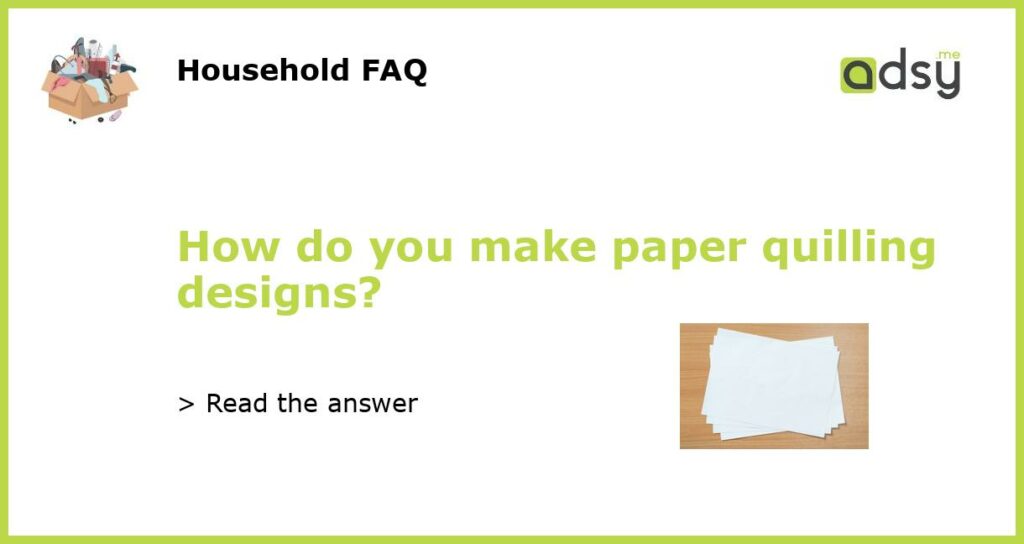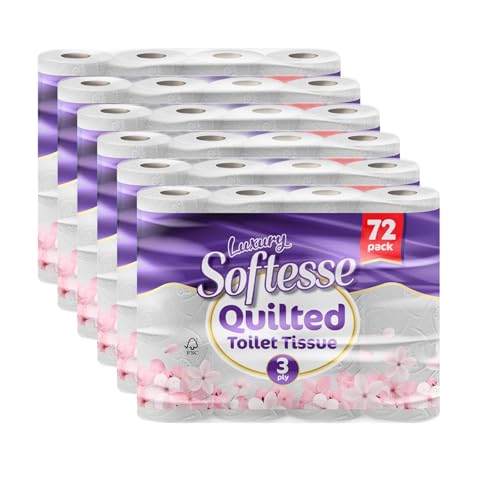Understanding the basics of paper quilling
Paper quilling is a decorative art form that involves rolling and shaping narrow strips of paper to create intricate designs. Before you begin making paper quilling designs, it’s important to understand the basic tools and techniques involved in the process.
Start by gathering the necessary supplies, which include quilling paper strips, a quilling tool, adhesive, and a quilling board. Quilling paper strips are available in various widths and colors, allowing you to create customized designs. The quilling tool is used to roll and shape the paper strips, while adhesive is used to secure the rolled paper shapes. The quilling board helps in creating uniform shapes and sizes.
Choosing a design and planning your project
Once you have familiarized yourself with the basic tools and materials, the next step is to choose a design for your paper quilling project. Start with simple patterns and gradually progress to more complex designs as you gain experience.
Before you begin rolling and shaping the paper strips, it’s helpful to plan out your design. Sketch your desired pattern on a piece of paper, or use a design template, to guide your quilling process. This will ensure that your final design turns out as desired.
Rolling and shaping the paper strips
The next step in making paper quilling designs is to roll and shape the paper strips. Start by selecting a paper strip and attaching one end to the quilling tool. Slowly rotate the tool in one hand while guiding the paper strip with your other hand. This will create a tight coil.
Once you have a tight coil, carefully remove it from the quilling tool and allow it to expand slightly. Use your fingers or a quilling tool to shape the coil into different shapes such as teardrops, squares, or circles. Experiment with different variations and techniques to create unique shapes and designs.
Assembling and gluing the quilled shapes
Once you have created the desired quilled shapes, the next step is to assemble them into your chosen design. Lay out the quilled shapes on your design template or sketch, and make any necessary adjustments to ensure they fit together properly.
When you are satisfied with the arrangement of the quilled shapes, use adhesive to secure them in place. Apply a small amount of adhesive to the back of each shape, then carefully press it onto your design surface. Allow the adhesive to dry completely before moving or handling your finished paper quilling design.
Adding finishing touches and preserving your design
Once all the quilled shapes are assembled and glued, you can add finishing touches to your paper quilling design. This may include adding additional layers or embellishments, using different colored paper strips, or incorporating other materials such as beads or ribbons.
To preserve your paper quilling design, consider framing it or sealing it with a protective clear coat. This will help to protect the delicate paper shapes from damage and keep your design looking beautiful for years to come.






